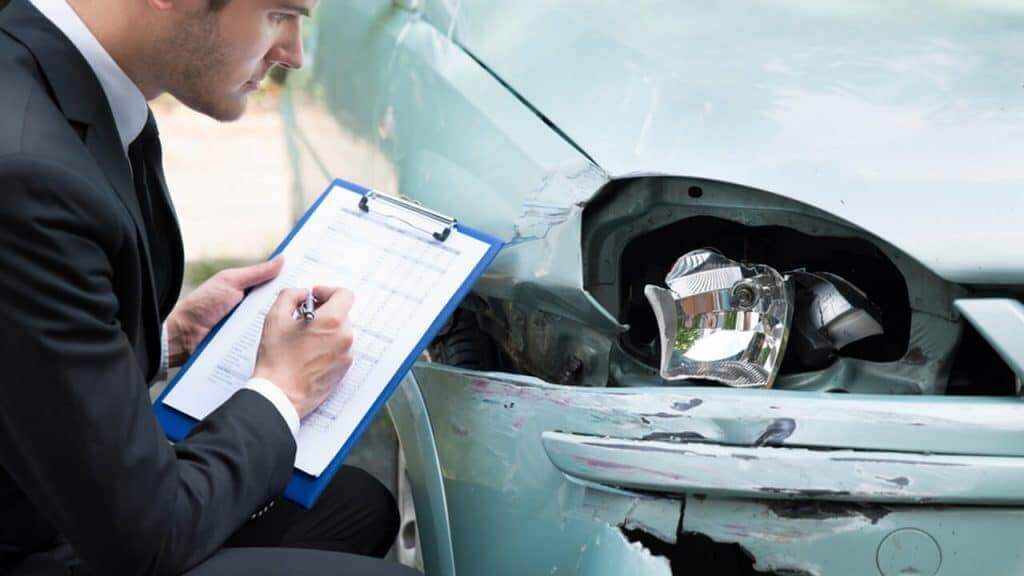Less experienced motorists will often be hit with more expensive policies. In fact, for many new drivers – especially those aged under 25 – the cost of an annual insurance policy can be more than the vehicle itself.
The type of car you drive plays an important role in the price of your car insurance.If you’re looking for an affordable solution to getting on the road, Tempcover’s guide will not only help you identify the cheapest cars currently around for young drivers, but present the factors you should consider when it comes to looking for insurance.
Cheapest cars to insure for new drivers under 25
Honest John has highlighted the cheapest cars for young drivers to insure. You’ll probably recognise them all and could consider adding them to your shopping list when it comes to buying a first car…
Fiat Panda
Described by Fiat as “compact, efficient and reliable”, the Fiat Panda has 1.0 GSE 70HP Mild Hybrid engine with low emissions It could be a perfect first car with plenty of space for passengers and belongings.
Toyota Aygo X
A small and economic car with responsive and smooth controls, the Toyota Aygo X is perfect for city driving. Its compact size and 1.0 engine makes it an affordable car to run and insure.
Kia Picanto
With advanced safety features fitted as standard, the new Kia Picanto has an efficient 1.0 litre petrol engine, offering lower CO2 emissions.
Hyundai 10
The 1.0 Litre Mpi petrol engine Hyundai i10 is a compact city car that automatically switches off the engine when the car comes to a halt, lowering both fuel consumption and CO2 emissions.
Skoda Fabia
With its 1.0 MPI petrol engine, the Skoda Fabia is spacious, comfortable and fully connected – with front assist and rear parking sensors fitted as standard.
The HonestJohn article also features a number of other cheap cars for young drivers to insure:
- Volkswagen Polo
- Ford Fiesta
- MG3
- Seat Ibiza
- Volkswagen Up
What is the best insurance group for young drivers?
The cost of insurance for young drivers can be quite expensive, so it helps to know the factors that may affect it. In many cases, the price you pay will be based on factors like your age, driving experience, the vehicle model and even your postcode. One of the most important factor is the vehicle’s insurance group.
While logic dictates it would be cheaper to insure a Fiat than a Ferrari, understanding how car insurance groups work can be a lot more complex. To help with this, we’re going to talk through the process…
Every car available in the UK belongs to one of 50 car insurance groups set by the Group Rating Panel. This panel is comprised from members of the Association of British Insurers (ABI) and Lloyds Market Association (LMA) and they determine which insurance group new vehicles should be placed in.
Typically, the lower a car’s insurance group (1-50) the cheaper it will be to insure – meaning cars in Group 1 are more likely to be the cheapest to insure. As such, younger drivers should be looking for cars with a Group 1 rating if they want to get the best insurance prices.
What factors are considered for car insurance groups?
The Group Rating System relies on an internationally recognised insurance standard of 15 km/h crash impact. Research engineers then determine the cost of times and parts to return the vehicle to its pre-accident condition. Based on the outcome, the results are accepted by the industry as a standard for vehicle repair.
When deciding what insurance group a car belongs to, the panel considers the following factors:
- Car value – The value of the car in its brand new state is used as an indication of how much the car will cost the insurer to replace or repair.
- Car performance – High performance vehicles that have a high 0-60 mph acceleration time and high top speed are statistically more likely to make insurance claims. When looking to insure a new car, consider the impact that its performance will have on your policy – for a lower insurance cost, you may want to look at slower alternatives.
- Car security – Typically speaking, a car that has more built-in security features by the manufacturer will be cheaper to insure. Be sure to check for things like alarms, high-security locks, and immobilisers which will prevent the car from being forcibly started.
- Repair costs – how much a vehicle costs to repair accounts for a large chunk of money in car insurance claims. As such, the cost to repair a vehicle is taken into consideration before it’s even assigned to a car insurance group. In addition to this, the amount of time it would take to repair damage is also considered, as this could lead to higher repair costs.
- Cost of car parts – the 23 most common car parts which are deemed to be the most commonly damaged are considered too. In general, the lower the cost of the car parts, the lower the insurance group will be. If you want to get the best quotes for car insurance, the cost of the parts needs to be low.
Why is young driver insurance so expensive?
As a young driver in the UK, you’re statistically more likely to be involved in an accident and make a claim. As such, this can result in your car insurance being higher than what would be expected of a more experienced driver. The same can be said of student drivers, too, as they are generally younger.
What is the cheapest way to insure a new driver?
Getting the best cheap car insurance for young drivers may not be the easiest thing to do, but there are plenty of ways to help keep the costs down. It’s not so much a secret, but if you take care of the basics like picking the right car to adding extra security features can make things easier.
Top tips for cheap young driver insurance
Choose a car in Insurance Group 1
When it comes to looking for your first car, how much you pay for car insurance is a huge factor in the buying process. As we mentioned above, all cars in the UK belong to one of 50 car insurance groups – with the cheapest cars to insure being in Group 1. Cars such as the Ford Ka+, Kia Rio, and the Nissan Micra all fall into this group.
Consider a black box policy
Having a black box policy (also known as telematics) is another option to consider when looking to lower your insurance. The way this works is by having an app or small device installed in the car to monitor driving usage and behaviour. In theory, this device helps young drivers become more cautious when they’re behind the wheel.
Adding a black box ranks high on the list if you’re serious about lowering insurance. If you’re a young driver (under the age of 25), you may be able to seriously lower your premiums with one of these devices installed.
Add an older named driver to your insurance policy
Instead of being a named driver on your parents’ car, you could do the opposite and have one of them added as a named driver on your policy.
If a new driver adds an older, more experienced driver to their policy the price could potentially come down. The reason being is that the insurance provider will consider the vehicle to be used by them from time to time.
If you do this, you need to ensure the person who drives the car the most is the main driver. If the opposite happens, you will be fronting – a motoring offence that carries potential penalties of policy cancellation, claims being voided and you ending with a criminal record.
Pay a higher excess
When getting a quote for car insurance, you will be required to pay a certain level of excess – this is the voluntary amount you are happy to pay towards repairs should a claim be made. If you set your excess at a higher level, this will lower the insurance policy on your vehicle.
However, it is advised that you take precaution and can be certain you can afford to pay out in the event of an accident.
- Voluntary excess – a fee set by you based on how much you can afford to pay towards the claims you make if you are unfortunate enough to have an accident.
- Compulsory excess – a fixed fee set by your insurance provider that you will pay towards any claims you make.
- Total excess – the combined amount of compulsory and voluntary excess you pay towards any claim made.
You can find out more about understanding car insurance excess in Tempcover’s guide.
Avoid modifying your vehicle
Adding mods to your car – such as alloy wheels and body kits – may give your car a ‘cooler’ appearance, but adding personal modifications are known to increase insurance premiums drastically. These changes are often associated with drivers looking to drive at higher speeds, and therefore are deemed as higher risks.
If you are still not put off from adding modifications to your car, then you should at least consider replacing the parts with cheaper ones. Adding expensive body parts will result in your premiums being higher. Also note that you have to declare any modifications to your insurer.
Temporary car insurance for young drivers
Whichever car you choose to drive, find out how you can save more with a temporary car insurance policy from Tempcover. While temporary car insurance and annual cover may differ, you still get the same level of comprehensive insurance with the added benefit of finding a flexible and affordable option that works for you.
Sources
https://www.honestjohn.co.uk/guides/cheapest-cars-to-insure-for-new-drivers/




